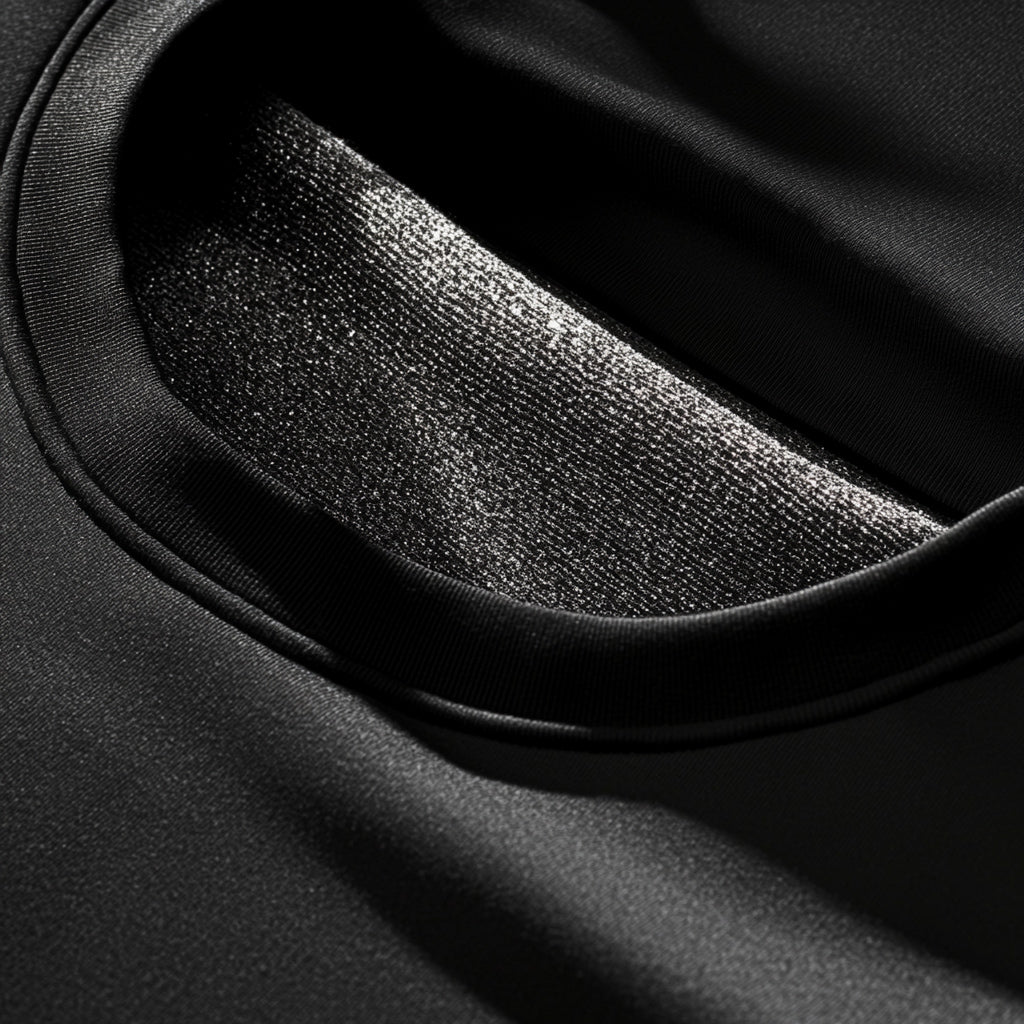What is Electrosmog?
In the digital age, we are constantly surrounded by wireless technologies that connect us to the world with incredible speed and convenience. However, this always-connected environment has introduced a new, often invisible threat known as electrosmog. This term refers to the electromagnetic fields (EMFs) emitted by electronic devices, wireless networks, and power lines. Although invisible to the naked eye, electrosmog is raising concerns among health-conscious individuals and researchers alike. As awareness grows, so does the interest in protecting ourselves from EMF exposure.
Quick Summary of Electrosmog Protection:
-
Electrosmog refers to electromagnetic fields (EMFs) emitted by devices like phones, Wi-Fi routers, and power lines.
-
Long-term EMF exposure may be linked to symptoms such as fatigue, insomnia, anxiety, and brain fog.
-
Electromagnetic hypersensitivity (EHS) is a growing concern, even if not universally recognized by mainstream medicine.
The Rise of Electrosmog
Electrosmog is not a fringe concept. It is a scientifically measurable phenomenon produced by the overlapping fields generated from phones, tablets, laptops, Wi-Fi routers, Bluetooth devices, and even household appliances. The increase in wireless technology means that people today are exposed to more EMFs than at any other point in human history. As a result, questions about long-term exposure and its impact on health have gained urgency, particularly among those who report symptoms of electromagnetic hypersensitivity (EHS).
Recognizing EMF Sensitivity Symptoms
Though the science is still evolving, many people experience symptoms like fatigue, headaches, anxiety, difficulty sleeping, and brain fog when exposed to high levels of EMFs. While mainstream medical organizations have not yet universally acknowledged EHS as a diagnosable condition, the number of people reporting issues continues to grow. This has led to increased interest in lifestyle changes and EMF protection products aimed at reducing electrosmog exposure.
Reducing EMF Exposure at Home
One of the most effective strategies for reducing exposure is limiting the sources of EMFs in your immediate environment. For example, turning off Wi-Fi at night, avoiding Bluetooth devices, and opting for wired connections whenever possible can make a significant difference. Many people also choose to keep their phones on airplane mode during sleep or when not in use. These small changes, when adopted consistently, can help reduce cumulative exposure over time.
Ways to Reduce Electrosmog Exposure at Home:
-
Turn off Wi-Fi at night and use wired connections when possible.
-
Avoid Bluetooth devices and keep smartphones on airplane mode during sleep.
-
Create EMF-safe zones, especially in bedrooms, using shielding curtains, paints, and canopies.
Wearable Protection:
-
Use EMF-blocking clothing made with silver or conductive threads.
-
Ideal for daily wear in high-exposure areas like cities, offices, or during air travel.
Creating EMF-Safe Zones
Another approach is creating EMF-safe zones within the home. Bedrooms, in particular, should be considered sanctuary spaces where electronic devices are limited or removed entirely. EMF-blocking curtains, shielding paint, and bed canopies have become popular tools for creating these low-radiation areas. These products are designed with materials that reflect or absorb electromagnetic fields, creating a shielded space that helps the body rest and recover.
Wearable EMF Protection
Clothing is another innovative area in the fight against electrosmog. EMF-protective apparel made from silver-threaded or conductive fabrics is gaining popularity. These garments are designed to shield the body from high-frequency EMFs, particularly in high-exposure settings such as urban areas, offices, and during travel. While more research is needed to quantify the full effectiveness of these textiles, many users report subjective improvements in how they feel when wearing them.
Understanding EMF Frequencies
It is also helpful to understand how different frequencies affect the body. For instance, low-frequency EMFs from power lines and appliances differ from high-frequency EMFs emitted by cell phones and Wi-Fi routers. Both types can contribute to electrosmog, but they interact with biological tissues in different ways. This highlights the need for comprehensive strategies that consider all forms of exposure.
Tools and Technology for EMF Detection
Technology is also advancing to support electrosmog protection. There are now a variety of personal EMF meters that allow individuals to measure radiation levels in their homes and workplaces. These devices can help identify problem areas where exposure is unusually high, enabling more informed decisions about how to mitigate the effects. For example, repositioning a Wi-Fi router or moving a work desk can significantly lower exposure in some cases.
Community and Public Awareness
Public awareness campaigns and community initiatives are also gaining momentum. Some schools and municipalities have started to address electrosmog by limiting wireless devices in classrooms and public buildings. These changes reflect a growing understanding of the potential risks and the importance of preventative action, especially for children whose developing bodies may be more vulnerable to EMFs.
Family and Community Involvement:
-
Educate children early on healthy device habits (e.g., not sleeping with phones).
-
Encourage schools and public buildings to limit unnecessary wireless use.

Nutrition and Lifestyle Support
Nutrition and lifestyle choices may also play a supportive role in protecting against electrosmog. Antioxidants like vitamin C, vitamin E, and melatonin are believed to help neutralize oxidative stress caused by EMF exposure. Additionally, spending time in nature, grounding (earthing), and getting regular physical activity can help the body maintain resilience in the face of environmental stressors.
The Case for Precaution
Critics often argue that the risks of electrosmog are overstated, pointing to the lack of conclusive scientific consensus. However, history has shown that public health often benefits from early precautionary measures. From tobacco use to air pollution, many risks were initially downplayed before scientific evidence eventually caught up. In the case of electrosmog, many health advocates believe it is better to act now and err on the side of caution.
Balanced Use of Technology
It is important to note that you do not need to completely eliminate technology to protect yourself. Instead, the goal is to find a healthier balance. This includes being mindful of where and how we use our devices, making strategic modifications to our environments, and choosing products that help reduce our overall EMF burden. By taking small, consistent steps, we can significantly reduce our exposure without sacrificing the benefits that modern technology provides.
Balanced Technology Use:
-
You don’t need to eliminate tech—just use it more mindfully.
-
Reduce unnecessary screen time and invest in EMF protection products as needed.
Educating the Next Generation
For families, educating children about responsible technology use is a crucial part of long-term electrosmog protection. Encouraging screen-free times, using airplane mode during games or offline activities, and not sleeping with devices can instill habits that last into adulthood. Schools and caregivers can also support these habits by promoting awareness and setting healthy boundaries around screen use.
Empowerment Through Awareness
Ultimately, electrosmog protection is about empowering individuals to make informed choices. While the science continues to develop, there is no harm—and potentially great benefit—in reducing our reliance on wireless technology where feasible. As awareness spreads and more solutions become available, it is likely that electrosmog protection will become a standard part of health-conscious living, much like healthy eating or regular exercise.
Conclusion
In summary, electrosmog is a modern health consideration that deserves our attention. Whether through lifestyle changes, protective products, or informed technology use, we have the power to shield ourselves from its effects. The journey starts with awareness, and the steps you take today can contribute to a healthier, more balanced life in our wireless world.
























































Laissez un commentaire